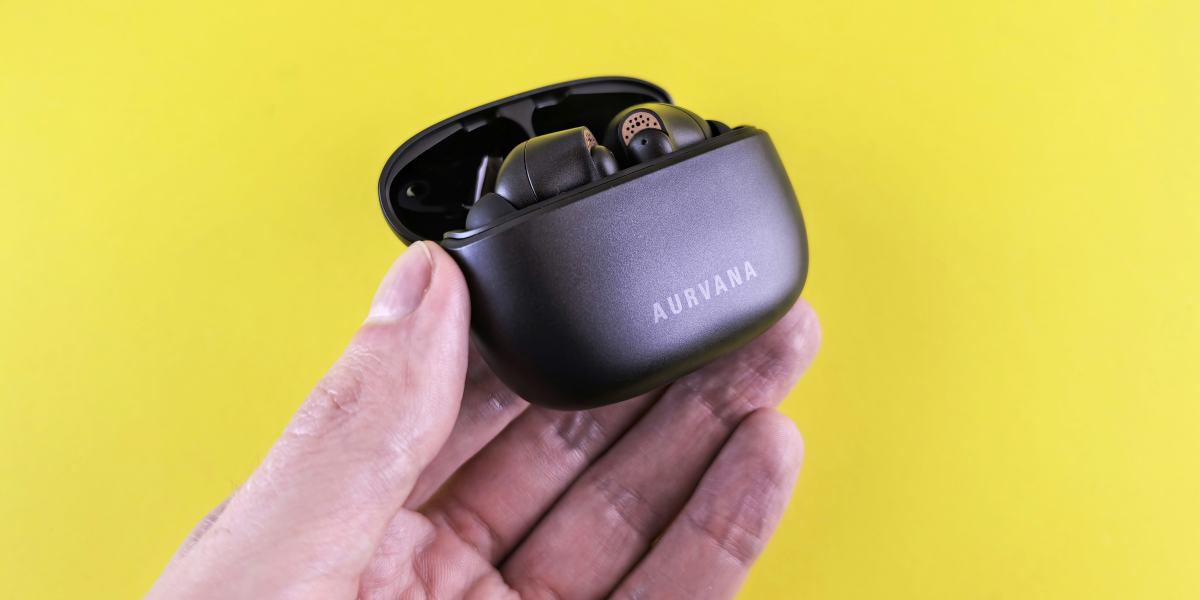The Joys and Benefits of Cat Adoption: A Guide for Future Pet Owners
Adopting a cat can bring numerous benefits to a person’s life, from companionship to improved mental well-being. While cats are often praised for their independence, they are affectionate pets who form strong bonds with their owners. As more people discover the joys of bringing a cat into their home, the benefits of adopting one extend far beyond companionship.
Companionship and Emotional Support
1. A Loyal Friend for Life
Cats may be known for their independence but can be intensely loyal and loving. Many cat owners describe the unique bond they form with their feline companions as cats develop a sense of trust and familiarity over time. From curling up on laps to following their owners around the house, cats show affection in subtle, endearing ways that often strengthen over the years. This companionship is particularly comforting for individuals who live alone or spend much time at home.
Studies have shown that pet ownership, including adopting cats, can reduce feelings of loneliness and provide much-needed emotional support. A cat can offer a steady, reliable presence for those seeking a companion who will be by their side through life’s ups and downs.
2. Stress Relief and Mental Health Benefits
Interacting with a cat has been linked to several mental health benefits. The simple act of petting a cat releases endorphins, promoting relaxation and reducing stress levels. Cats are known to have a calming effect on their owners, and their gentle purring has been shown to reduce anxiety and lower blood pressure.
Furthermore, cats provide consistent companionship that can help improve mental well-being, especially for individuals dealing with stress, depression, or anxiety. Engaging in the daily routine of feeding, grooming, and playing with a cat gives owners a sense of purpose and structure, which can benefit mental health.
Low-Maintenance Pet Ownership
1. Independent Yet Loving Companions
Unlike many other pets, cats are relatively low-maintenance. They are naturally independent animals, often content to entertain themselves, especially if they have toys or windows to gaze out of. Cats are known for their self-sufficiency, requiring less attention than dogs, which makes them ideal for people with busy schedules.
While cats enjoy affection, they typically don’t demand constant attention, offering flexibility to their owners. This independence makes cats an excellent choice for individuals who may not have the time for the high-maintenance demands of other pets but still want a loving companion.
2. Simple Grooming Needs
Cats are naturally clean animals, spending a significant portion of their day grooming themselves. This reduces the need for frequent baths and grooming sessions, which can save owners both time and money. Most cats are low-shedding and don’t require professional grooming, making them an easier pet for owners who prefer a tidy home.
While occasional brushing may be necessary, particularly for long-haired breeds, cat grooming requirements are minimal overall. This makes them attractive for people looking for a pet with simple care needs.
Enriching Daily Life and Home Environment
1. Bringing Liveliness and Entertainment into the Home
Cats are naturally playful and curious, bringing joy and liveliness to any home. From their funny antics to their inquisitive nature, cats offer entertainment and companionship that can lighten the mood and add a fun dimension to everyday life. Cats can be an excellent addition to families, as they create bonding and laughter that enhance home life.
Moreover, watching a cat explore, play, or interact with its surroundings can be relaxing and entertaining. Their playful behavior often brings laughter and lightheartedness, enriching daily routines with their unique personalities.
2. Teaching Responsibility and Compassion
Adopting a cat is a long-term commitment that requires responsibility and care. For families with children, a cat can be an excellent way to teach young ones about responsibility, compassion, and the importance of routine. Tasks like feeding, cleaning, and grooming instill a sense of accountability in children and help them learn to care for another living being.
Through caring for a cat, children and adults can gain a deeper understanding of empathy, respect, and the importance of caring for animals, fostering a positive approach to all living things.
Things to Consider Before Adopting a Cat
1. Long-Term Commitment
While cats are relatively low-maintenance compared to other pets, adopting one is still a long-term commitment. Cats often live between 12 and 18 years, with some living in their 20s. Prospective adopters should consider this lifespan and be prepared to provide a stable, loving environment for their cat over the years.
2. Preparing the Home for a New Pet
Preparing the space to ensure the new pet feels safe and comfortable is essential before bringing a cat home. This includes setting up a designated area with a litter box, food and water bowls, and cozy spots for resting. Providing scratching posts, toys, and perches helps cats acclimate to new surroundings, preventing potential issues like furniture scratching.
The Rewards of Cat Adoption
Adopting a cat offers many benefits, from companionship and stress relief to improved health and a livelier home. These independent yet affectionate animals bring their owners joy, relaxation, and enrichment while providing a sense of purpose and responsibility. For pet lovers considering a new addition, cats offer a unique blend of warmth and independence, making them ideal companions for various lifestyles.
Adopting a cat can be a deeply rewarding experience that enhances both the home and heart, whether for companionship or simply the joy of having a furry friend.
Published by: Khy Talara












